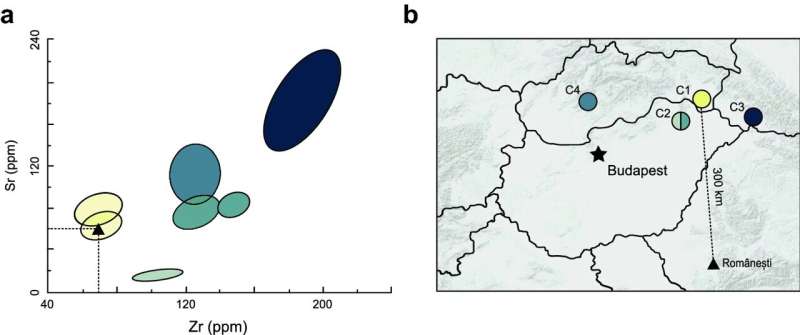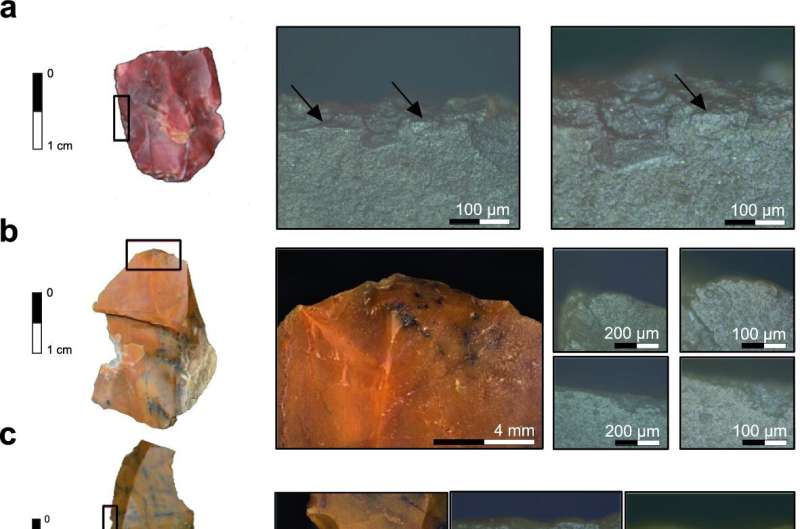
The site of Romneti is one of the most important sites in southeastern Europe and is reported in a new article. The site shows how modern humans have adapted to Europe.
The earliest Homo sapiens fossils have been found in the Balkans. Romneti is an important place to look at how the first European Homo sapiens coped with their new environment.
How did Homo sapiens deal with this new place? The artifacts at Romneti could have been used to make stone bladelets, which could have been used as spears or arrows. It's thought that Romneti was a kind of projectile workshop because of the use of peculiar grindstones.
Thousands of artifacts, some of which come from over 300 km away, show that Romneti was an important place in the landscape that was repeatedly returned to. Most of the artifacts were not used, suggesting that the site may have been used for manufacturing tools that were transported offsite.

Humans and Neanderthals.
The results of the largelithic assemblages and their high-quality contexts from the new excavations at Romneti indicate changes in the way Homo sapiens lived compared to Neandertals.
The next step is to figure out what the relationship was between these early humans and Neandertals. Homo sapiens and Neandertals were interbred, but we don't know what that means for their lifestyles and how we can see that in their archaeological remains.
More information: Wei Chu et al, Aurignacian dynamics in Southeastern Europe based on spatial analysis, sediment geochemistry, raw materials, lithic analysis, and use-wear from Românești-Dumbrăvița, Scientific Reports (2022). DOI: 10.1038/s41598-022-15544-5 Journal information: Scientific Reports